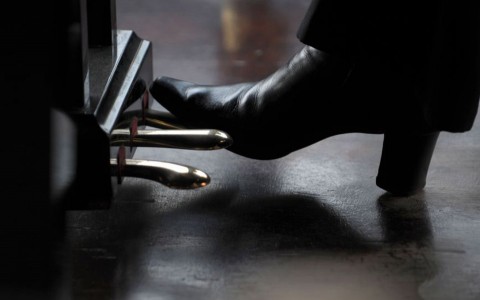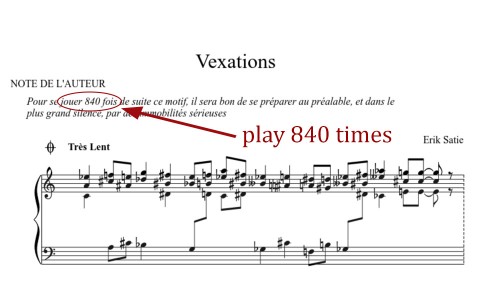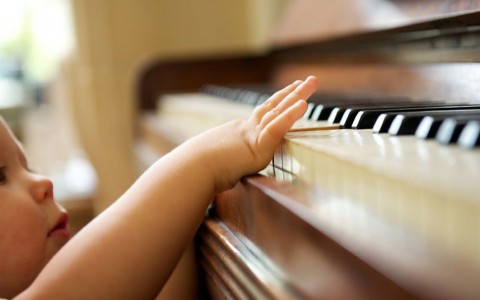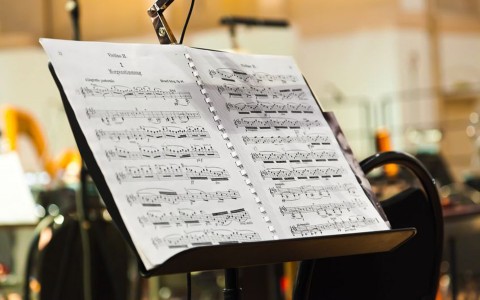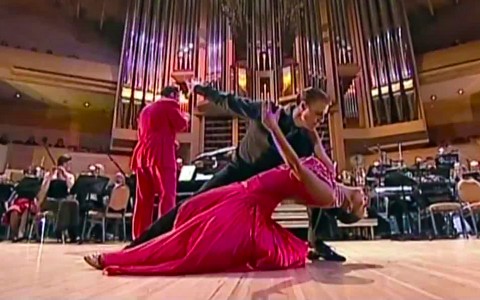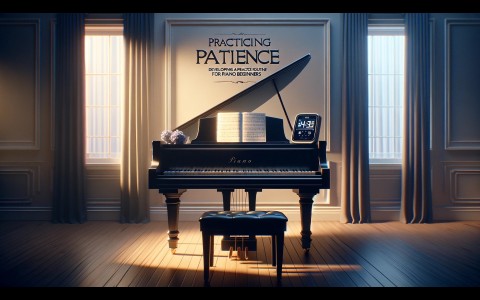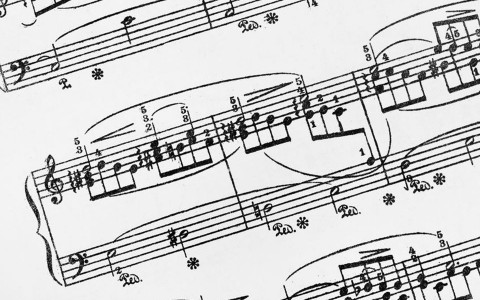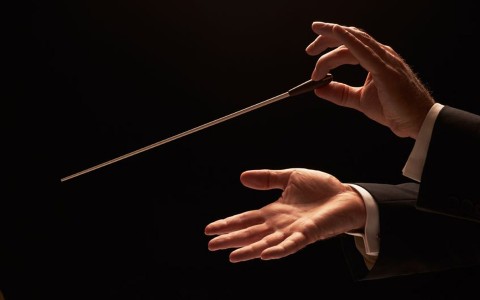Hello there, piano aficionados and curious onlookers! Today, we’re going to unravel the enduring mystery shrouded beneath the grand (or upright) body of the piano: the pedals. Yes, those shiny levers at your feet aren’t just for show—they are the unsung heroes that add depth and emotion to your playing. So, let’s pedal through this guide with fun and flair!
The Soft Pedal: The Whisperer
Let’s start with the soft pedal, known affectionately as the ‘una corda.’ When you press this pedal, magic happens: the piano’s hammers shift slightly to the side, usually hitting fewer strings. What does this mean for you? Imagine whispering a secret to your audience through the keys. The sound becomes softer, more intimate, and if you’re playing a grand piano, it even takes on a slightly different timbre. The una corda is perfect for those moments when you want to draw your listeners close and let them into the inner sanctum of the music.
The Sostenuto Pedal: The Selective Sustainer
Next in our pedal trio is the often misunderstood middle pedal, the sostenuto. It’s like having a selective memory; you can sustain certain notes while leaving others unaffected. Picture this: you hold down some keys, press the sostenuto, and those notes will continue to sing while you move on to create new sounds. It’s a marvelous way to create layers in your music, like adding transparent veils one over the other, each with its own pattern and color.
The Sustain Pedal: The Drama Amplifier
And now, the star of the show, the sustain pedal (also known as the damper pedal). This pedal lifts all the dampers off the strings, allowing them to vibrate freely. This is where the drama amplifies! With a press of your foot, your piano’s notes can resonate, mingle, and sustain, creating a rich tapestry of sound. It’s like opening the doors to a grand ballroom where every note can dance freely across the floor. But beware, overuse can lead to a muddy sound, as if all the dancers were stepping on each other’s toes.
Pedal Etiquette: The Dance of the Feet
Pedaling is an art. It requires finesse, timing, and a sense of decorum. Like a graceful dance, you must know when to press and when to release, ensuring each note or chord is given its chance to shine before blending into the next. It’s a subtle push and pull, a choreography that can elevate your performance from ordinary to breathtaking.
Pedal Practicum: Exercises for Mastery
Want to master the pedals? Start simple: practice pedaling with scales. Notice how the sustain pedal can blur or clarify the scale. Then, experiment with a piece you know well, using the soft pedal to convey mood and the sostenuto to hold a bass note. Record yourself to hear the difference and adjust accordingly.
Pedals in Pairs: The Dynamic Duo
Now for some real fun: using two pedals at once. Yes, you can! Try holding the sustain pedal and fluttering the soft pedal for a nuanced sound, or use the sostenuto and sustain pedals together for complex, layered pieces. The combinations can bring new dimensions to your music.
The Digital Age: Pedals in Electronic Keyboards
Even if you’re in the digital realm with an electronic keyboard, pedals are still in play. Many come with pedal inputs, and while the effects may be electronically simulated, they still offer dynamic control over your performance. The principles remain the same, so don’t shy away from using them!
Conclusion: Pedal Power!
The pedals of a piano are like the colors on a painter’s palette: they can change the mood, style, and depth of your musical canvas. As you explore and master the pedals, you become not just a pianist, but a full-fledged musical artist. So, the next time you sit down at the piano, take a moment to appreciate the pedals—they are your silent partners in the captivating journey of music-making. Happy pedaling!



